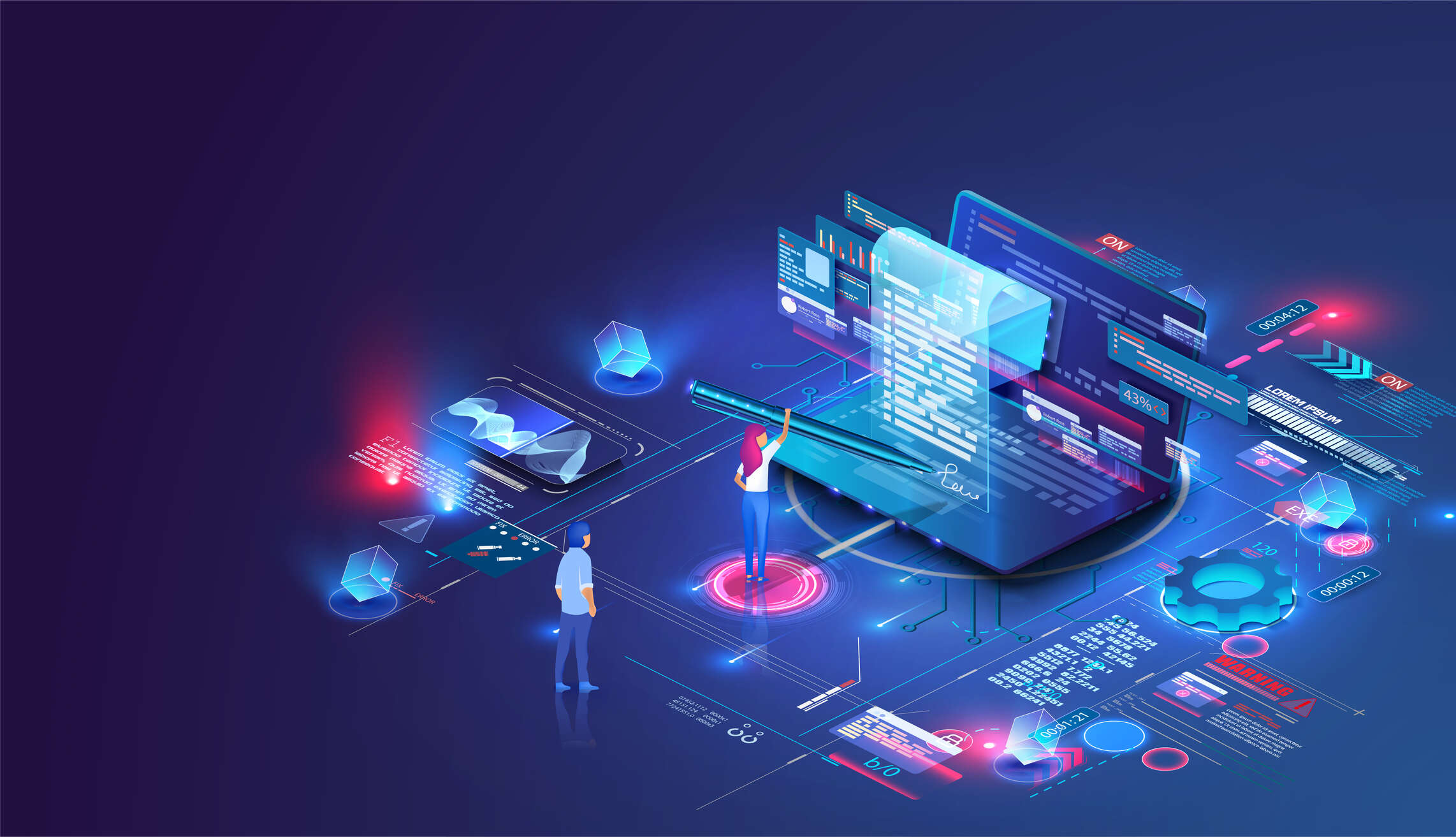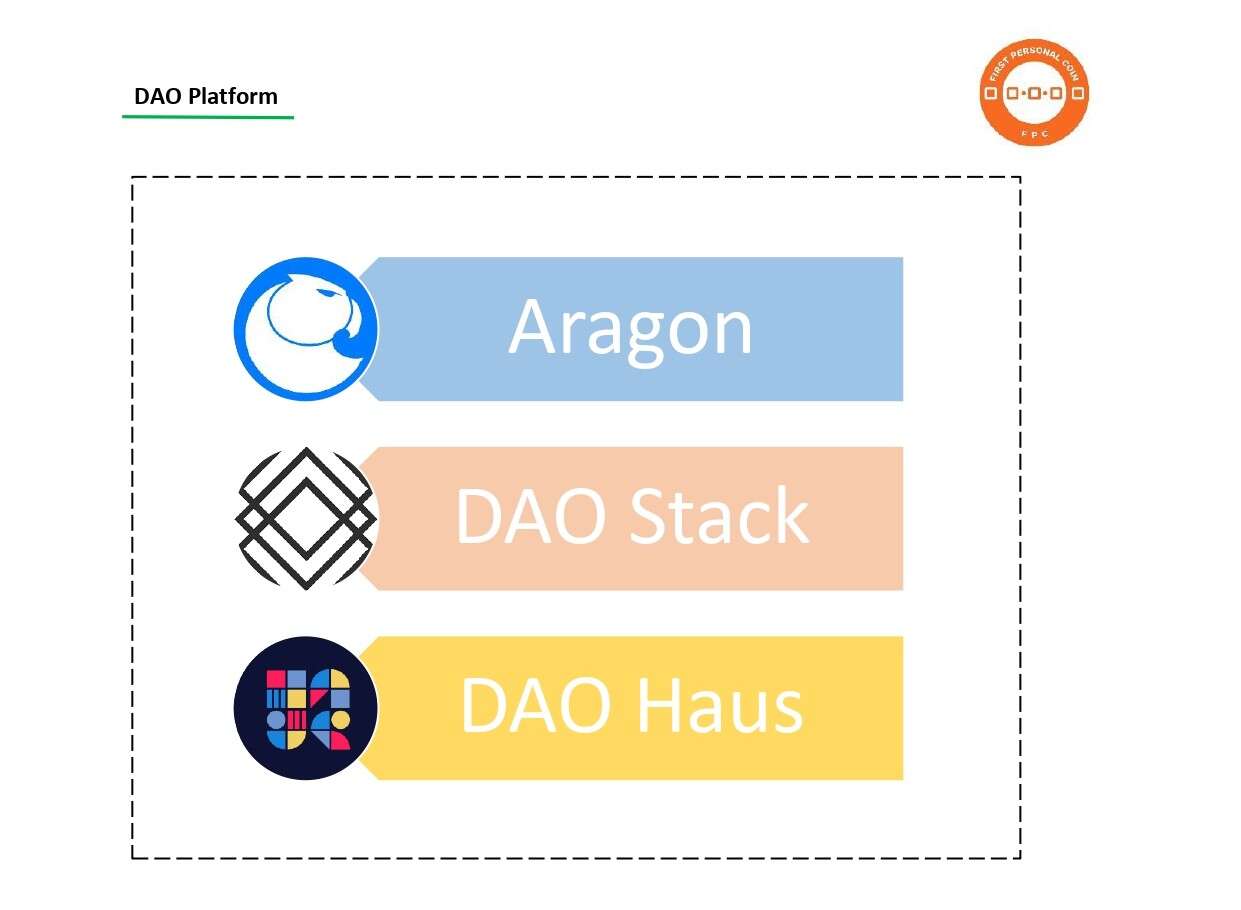Steps to follow for launching a DAO
Ricordare di tanto in tanto la definizione di DAO, risulta essenziale per proseguire il nostro percorso sulla creazione di applicazioni decentralizzate.

Una DAO è un'organizzazione indipendente gestita dalle comunità e senza un’autorità centrale. Le leggi sottostanti sono stabilite tramite smart contract che decidono la linea di condotta selezionata da adottare in futuro. I membri possono in qualsiasi momento valutare apertamente il codice digitale di DAO, esprimere voti e dare suggerimenti.
Ma vi ricordate cos’è uno smart contract?

Con il termine smart contract ci si riferisce a un insieme di promesse definite in forma digitale con condizioni predefinite, entro le quali le parti si impegnano a mantenere le promesse. In particolare, gli smart contract digitalizzano gli accordi convertendo i termini e le condizioni in codici digitali che vengono eseguiti automaticamente quando le parti rispettano le promesse contrattuali.
Come accennato nelle precedenti lezioni, quando si tratta dell'aspetto tecnico della creazione di una DAO, ci sono diverse strade da percorrere. Ad esempio, potresti scegliere di creare una DAO da zero con una società qualificata per progetti di sviluppo blockchain. In alternativa, se disponi di esperti con un buon livello di esperienza, puoi utilizzare il software disponibile per la creazione di DAOs, come Aragon, DAOstack e DAOHaus.
Riassumendo, dopo aver individuato:
- La comunità e il team di fondatori
- La tipologia ed il suo scopo
- La struttura organizzativa della DAO
- Un governance token, quindi i casi d’uso (premi e incentivi, votazione e vantaggi) e l’allocazione dei token (una parte assegnata alla tesoreria, Airdrop, investitori..)
- Dovrai scegliere quale piattaforma utilizzare, ed in seguito un modo/gli strumenti per gestire la “tua” comunità ed i propri fondi.

Aragon è di gran lunga la più grande piattaforma DAO, con attualmente 1700 DAOs che gestiscono collettivamente 900 milioni di dollari. Aragon ti consente di creare una DAO sulla blockchain di Ethereum e Polygon, mira ad estendere l'uso delle DAOs come tecnologia libera e open-source per consentire la creazione e la gestione di organizzazioni decentralizzate sotto diverse forme.
Fornendo un modello statico per creare il proprio DAO, permette anche di crearne uno personalizzato. La personalizzazione è consentita tramite "app" (set di contratti intelligenti), che possono essere installate o rimosse dalle DAOs tramite votazione. Lo scopo delle applicazioni varia molto, tra cui: un'app Finance per allocare i fondi del DAO, un'app Agent per interagire con altri smart contract di Ethereum, un'applicazione Token per gestire l'adesione, e un'applicazione Voto utilizzata come sistema decisionale.
DAOstack è una piattaforma che mira ad affrontare il problema della scalabilità della governance. Matan Field, cofondatore, afferma che più una DAO è grande, più è difficile gestirla.
DAOstack propone il sistema decisionale Holographic Consensus (HC) che consente la scalabilità senza danneggiare la resilienza. Le proposte devono essere approvate a maggioranza assoluta e la maggioranza relativa si applica solo se sono soddisfatte determinate condizioni.
DAOhaus implementa un sistema di votazione semplice, che è fondamentalmente un sistema di non quorum, in cui è sempre sufficiente la maggioranza relativa per approvare una proposta. Un aspetto chiave è il meccanismo di "rage quit" che permette di uscire da un DAO con la propria parte di capitale se non si è d'accordo con il risultato di una votazione.
Una volta che la tua DAO è stata configurata, il passaggio successivo consiste nell'impostare i tuoi strumenti.
Divertiti a seguire la prossima lezione per un’analisi approfondita sugli strumenti più diffusi di gestione DAO!